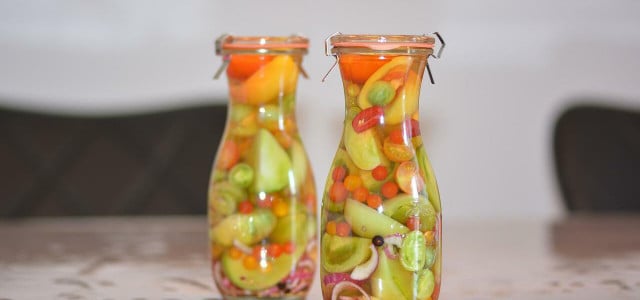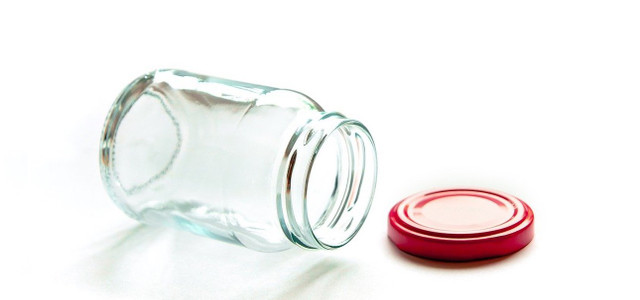Making wine at home can be a tasty and sustainable hobby to impress your dinner guests – and to use an abundance of fruits. Explore some tips and things to consider below.
Making wine at home can be a commitment: it requires careful cleanliness, upfront costs, and plenty of patience. Having a tasty wine to share with friends and family is well worth the effort however. Making wine (from any fruit), mead (from honey), or cider (from apples) all follow the same basic steps and leave plenty of room for creating unique and memorable brews. Read on for some tips on how to start a wine-making hobby.
1. The Fermentation Process for Homemade Wine
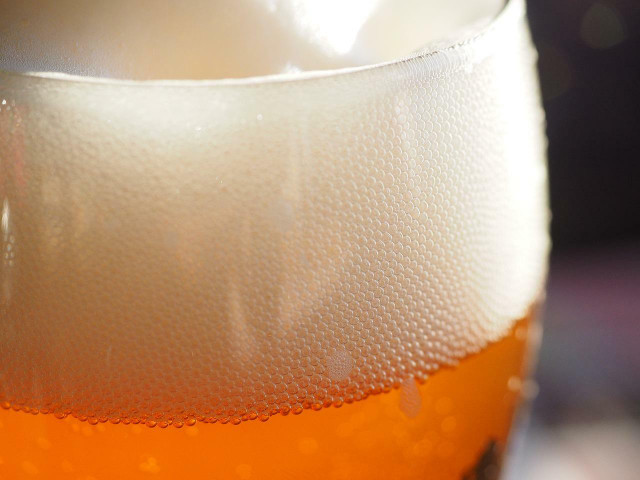
(Foto: CC0 / Pixabay / Hans)
A bit of background into the science of fermentation goes a long way when making wine at home. Fermentation is a type of organic chemical reaction that takes place without oxygen: in this case, yeast in the must (the juice mixture that becomes wine) converts sugar into alcohol and carbon dioxide. This CO2 is what gives beer and champagne its distinctive fizz and should be released throughout the fermentation process to prevent explosions. As fermentation continues, yeast will multiply and die, eventually sinking to the bottom of the container as a sediment that needs to be removed later. A successful fermentation relies on proper ingredients, equipment, and sanitization, but will reward you with a tasty wine.
2. Main Ingredients
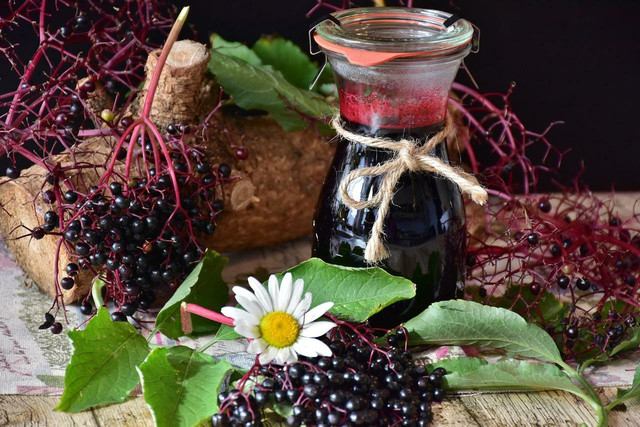


(Foto: CC0 / Pixabay / RitaE)
Proper fermentation requires a few key ingredients to work properly:
- Yeast (vegan-friendly): Yeast is a single-celled fungal organism that consumes sugars to create alcohol. Different strains of yeast will produce different levels of alcohol, fizz, and flavor.
- Sugar: The main source of food for yeast to create alcohol is sugar. Sugar is already present in fruit, but must also be supplemented for higher alcohol percentages.
- Fruit or juice: These already contain the sugar, nutrients, and water that yeast needs to thrive. Not only grapes, but nearly any fruit can be fermented into a unique wine.
- Water: Water is ecessary for yeast to live. The fruit may have enough water to sustain the yeast, or extra water must be added.
3. Winemaking Equipment
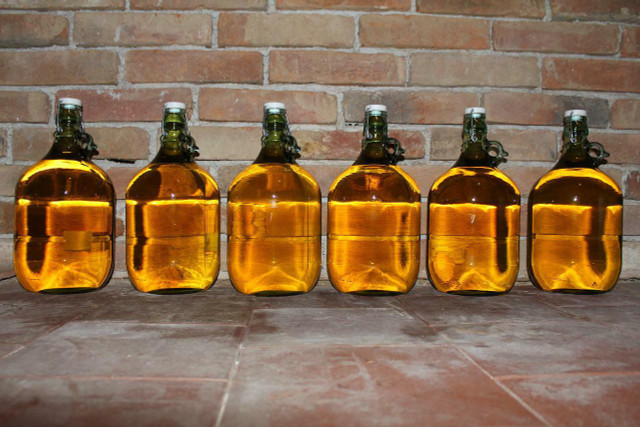


(Foto: CC0 / Pixabay / Cydonia)
Making wine at home takes some specific equipment that also incur upfront costs. Fortunately, all this equipment is easily reusable and can result in savings down the line if you continue to use it.
- A fermentation vessel: Often a large glass or plastic carboy which contains the must and can be sealed to prevent oxygen from entering.
- An airlock: This allows CO2 to escape while preventing oxygen from entering.
- A siphon: A siphon is a long plastic hose used to transfer finished wine from your carboy into bottles without kicking up the dead yeast sediment or exposing the wine to oxygen while pouring.
- Bottles, corks, and a corker: Thees aer necessary to store your wine for extended periods, especially if you want to age them.
4. Optional Additives
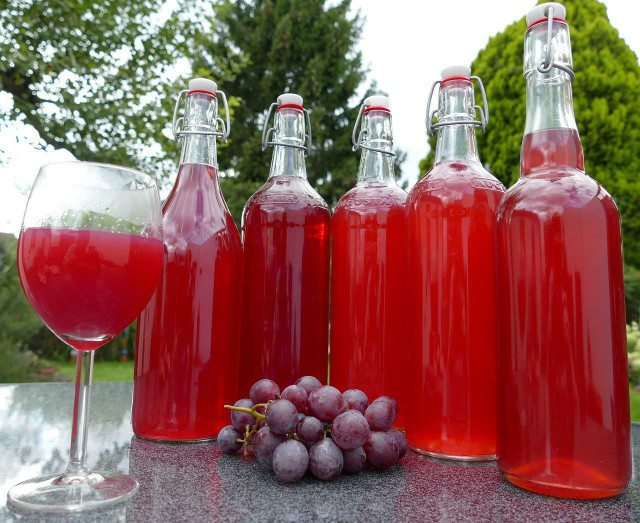


(Foto: CC0 / Pixabay / BabaMu)
Although not essential, additives can mean the difference between a cooking wine and one that your dinner guests will rave about. These additives take the form of powders or tablets and are all inorganic or plant-derived, which means you will have a vegan wine every time you brew at home.
- Yeast nutrients are like multivitamins that helps yeast thrive.
- Pectic enzymes break down fruit pectin, which releases juice from fruit cells and clears cloudy musts.
- Camden tablets sterilize juice before fermentation to prevent mold and extend shelf life.
- Acid balances the pH level for the yeast to grow, aids with preservation, and “brightens” the flavors.
- Tannins provide the “body” that is present in red wine, black tea, and aronia berries.
5. Making Wine at Home: Main Steps
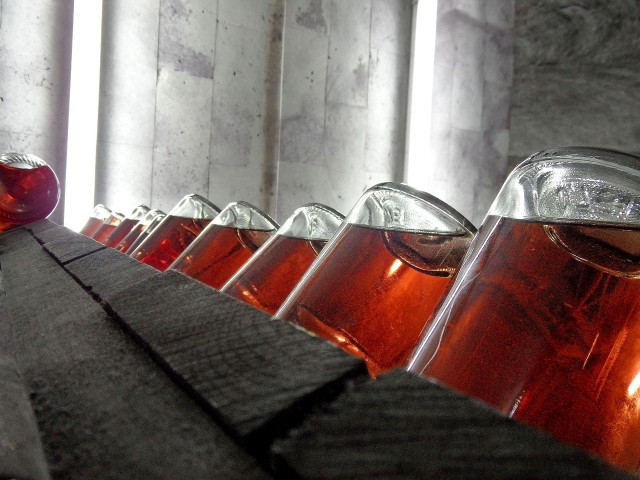


(Foto: CC0 / Pixabay / sardenacarlo)
Making wine at home is a long process, but most of it involves waiting while the wine slowly ferments. Here are the main steps:
- Mix juice, sugar and water to create a must and sterilize to kill bacteria. If using fruit: chop, crush, or press it to release juice, or simply include it in your mixture for more fruity flavor.
- Add the yeast into your must and seal your fermentation vessel for primary fermentation. In a few weeks, the yeast will bubble, create alcohol, and subside into a sediment at the bottom. Don’t forget to regularly “burp” the vessel to release CO2.
- Once fermentation is largely complete, transfer the wine into a different container for secondary fermentation, leaving behind the yeast sediment. This can take several weeks to months as fermentation slows to a stop.
- After fermentation is completely finished, the wine can be syphoned into bottles or into another container for aging. Wine is often harsh immediately after fermentation, but aging for months or even years can smooth out the flavor and improve quality significantly. A proper airlock or cork is essential because oxygen can spoil an opened wine within days.
6. Protecting Your Wine
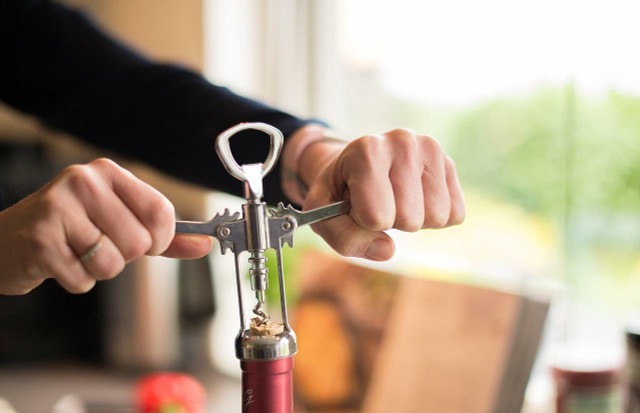


(Foto: CC0 / Pixabay / Skitterphoto)
Making wine at home takes a lot of care to prevent spoilage and contamination. Sanitization in the beginning can prevent mold from spoiling your wine before fermentation. Properly sealed bottles and jugs are essential because oxygen can turn wine into vinegar. Storage in a dark, cool area is also important as light and changes in heat can slowly degrade the taste of wine.
Read more:
- Do Red and White Wines Go Bad?
- 8 Tasty Summer Spritz Cocktails (Including Non-Alcoholic!)
- Preserving Plums: How to Enjoy Them All Year Round
Do you like this post?







